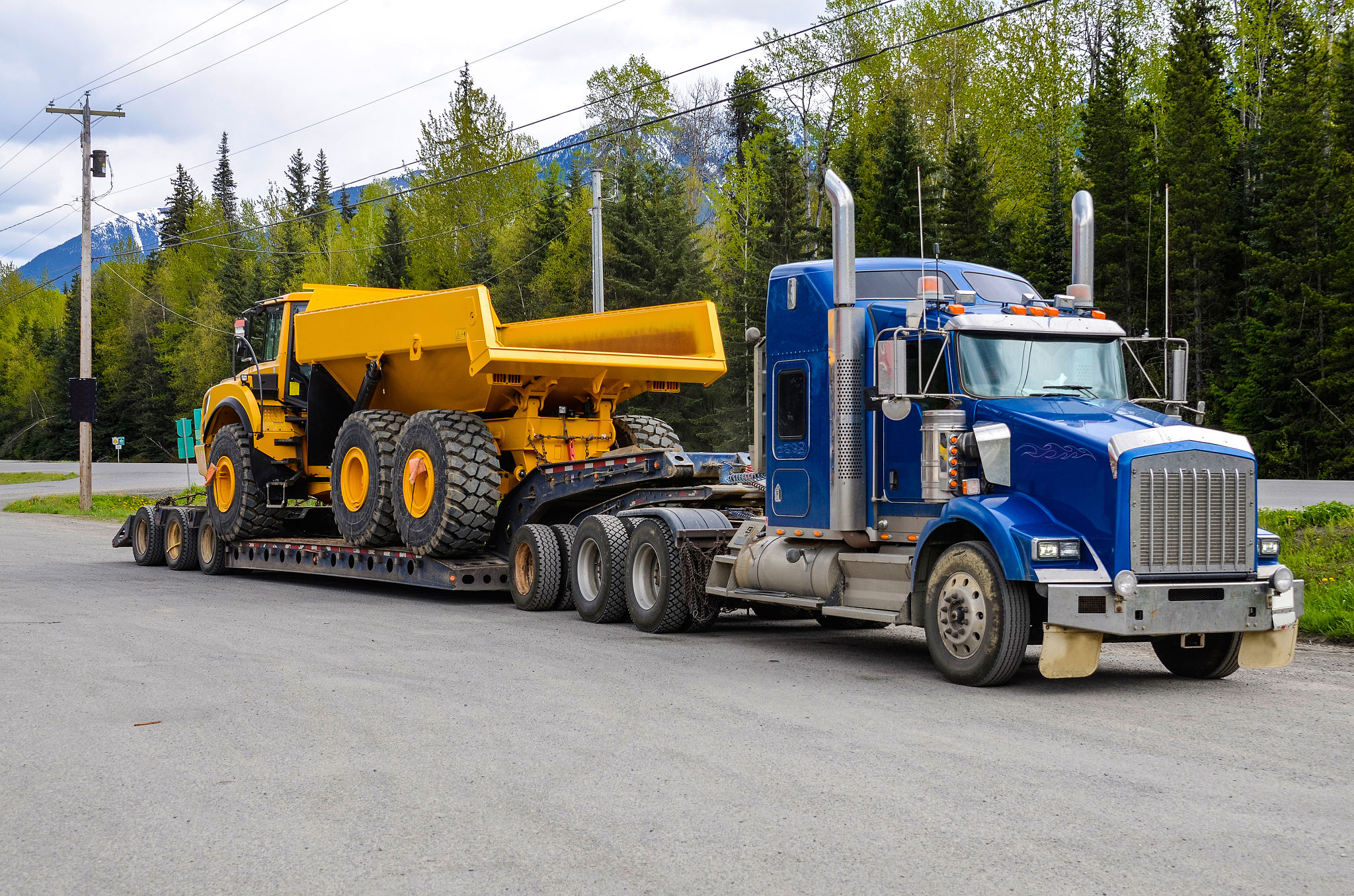The Ultimate Guide to Heavy Equipment Transport Solutions
Understanding Heavy Equipment Transport
Transporting heavy equipment is a task that demands precision, expertise, and specialized equipment. Whether it's construction machinery, farming equipment, or industrial tools, moving these massive items securely is crucial. Heavy equipment transport solutions cater to these unique needs, ensuring that your valuable machinery arrives safely and on time.

The Importance of Planning
Effective planning is the cornerstone of a successful heavy equipment transport operation. Before moving any machinery, it's essential to evaluate the equipment's dimensions, weight, and specific requirements. This assessment helps in selecting the right transport method and ensures compliance with legal regulations. Understanding the logistics involved can prevent costly delays and potential damage.
One of the first steps in planning is to conduct a route survey. This process entails analyzing the entire route from the origin to the destination, identifying potential obstacles like low bridges or narrow roads. By anticipating these challenges, transporters can devise strategies to avoid them, such as selecting alternative routes or scheduling transport during less busy times.

Selecting the Right Transport Method
The method of transport chosen depends largely on the type and size of the equipment being moved. Common options include flatbed trailers, lowboy trailers, and multi-axle trailers. Each has its own advantages and is suited to specific types of equipment.
- Flatbed Trailers: Ideal for equipment that doesn't exceed legal height limits.
- Lowboy Trailers: Perfect for taller equipment, as they have a lower deck height.
- Multi-axle Trailers: Designed for extremely heavy loads that require additional support.
Ensuring Safety and Compliance
Safety is paramount when transporting heavy equipment. Ensuring that the equipment is securely fastened using chains and straps is vital to prevent movement during transit. Additionally, it's crucial to comply with local transportation regulations, which may include obtaining permits for oversized loads and adhering to weight restrictions.

Engaging with experienced and reputable transport companies can further enhance safety. These companies are well-versed in regulatory requirements and possess the necessary tools and expertise to handle even the most challenging transportation tasks.
The Role of Technology in Equipment Transport
Technology plays a significant role in modern heavy equipment transport solutions. GPS tracking systems allow for real-time monitoring of the transport process, providing peace of mind by ensuring that machinery is on track for timely delivery. Additionally, advanced loading and unloading equipment can significantly reduce the risk of damage during these critical phases.
Moreover, using simulation software can help plan routes more efficiently by predicting potential issues and suggesting optimal paths. Implementing these technological advancements can lead to more efficient, cost-effective transports.

Conclusion: Choosing the Right Partner
When it comes to heavy equipment transport, choosing the right partner can make all the difference. Look for companies with a proven track record in handling similar projects, as well as those that prioritize safety and compliance. By investing time in selecting the right transport solution, you can ensure your valuable equipment arrives safely and efficiently at its destination.